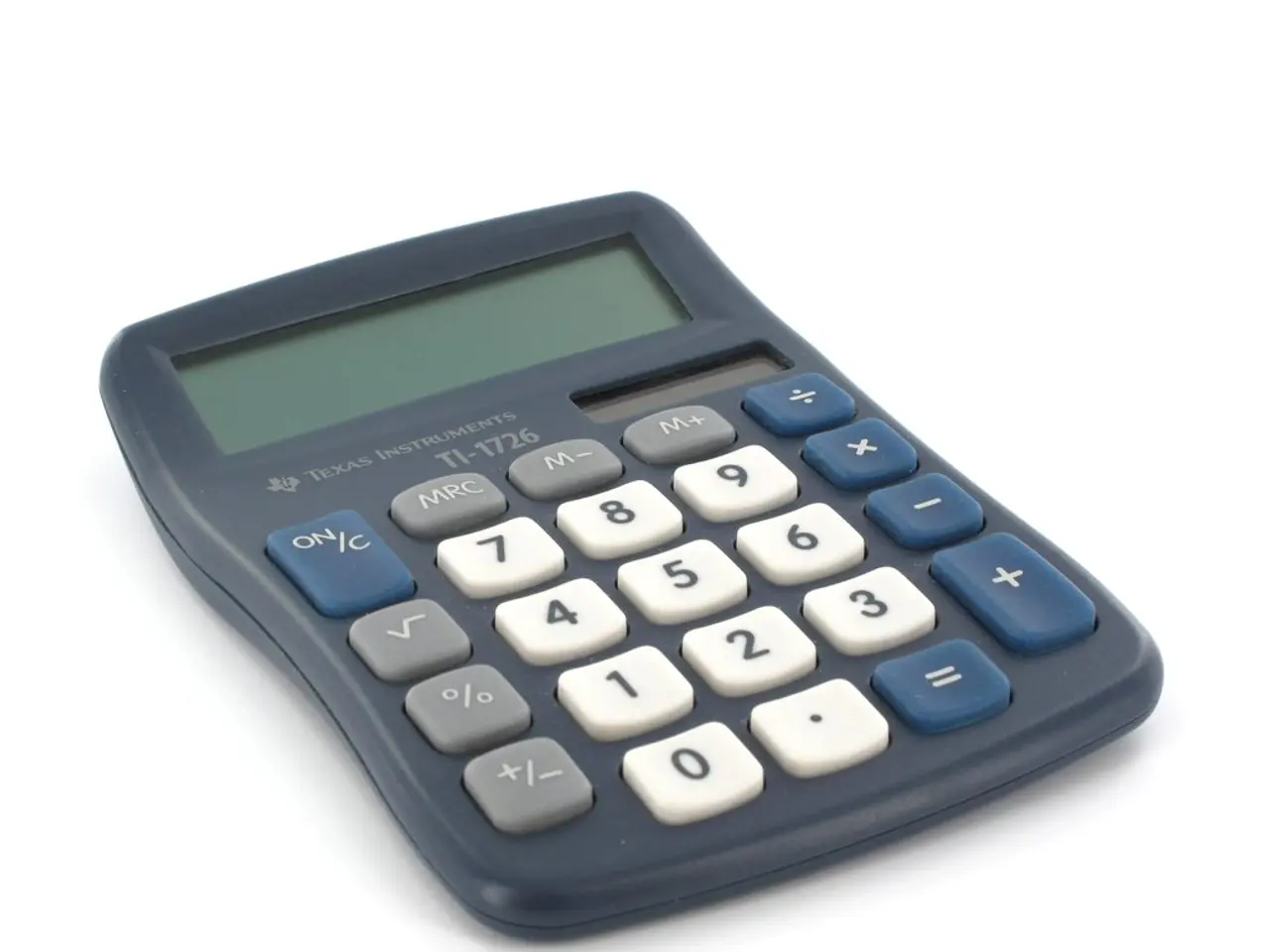Exploring Basic Functionality in Programming
In the realm of mathematics, functions play a crucial role in modelling and solving diverse problems. Here, we delve into the common types of functions and their unique characteristics.
Linear Functions
Linear functions, being polynomials of degree one, have the general form . The slope represents the rate of change, while is the y-intercept. Special cases include constant functions (, horizontal line) and identity functions (, line ).
Polynomial Functions
Polynomial functions, such as quadratic and cubic, are sums of powers of with constant coefficients. They produce curves with various shapes and degrees.
Trigonometric Functions
Trigonometric functions, like sine, cosine, and tangent, relate angles of a right triangle to side lengths. They are periodic with specific oscillating waveforms.
Exponential Functions
Exponential functions, in the form , where , exhibit rapid growth or decay depending on the base.
Logarithmic Functions
Logarithmic functions, the inverse of exponential functions, are defined as . They are useful for solving equations involving exponentials.
Floor Function
The floor function, denoted as , rounds a real number down to the nearest integer less than or equal to .
Modulus (Absolute Value) Function
The modulus function, denoted as , returns the non-negative magnitude of a real number regardless of sign.
Signum Function
The signum function returns 1 for positive numbers, -1 for negative, and 0 when input is zero; it indicates the sign of a number.
Rational Functions
Rational functions are ratios of two polynomials, possibly with restrictions where the denominator is zero.
Algebraic Functions
Algebraic functions include polynomials and roots, expressible with basic arithmetic and root operations; all are elementary functions.
Complex Functions
Complex functions involve inputs and outputs that can be complex numbers of the form , involving real and imaginary parts.
Area of Triangle and Circle
The area of a triangle is a function of its base and height, , while the area of a circle is a function of its radius, .
Composite Functions
Composite functions are created by applying one function after another. For example, if and , the composite function .
Real Functions
A real function is a mathematical rule or relationship that assigns a real number value to each real number input.
Force and Volume
Force is a function of the acceleration of a body of fixed mass, , while the volume of a sphere is a function of its radius, .
Understanding these function types equips us with fundamental tools for tackling various mathematical problems.
Read also:
- Dual-function mattress offers both cooling and coziness at an affordable price.
- Ontario falls short by a small margin in delivering the goal of four hours daily care for long-term care residents.
- "Thrilled response" from animal rights organization following cessation of canine testing at London, Ontario healthcare facility
- Altruistic zeal and a drive to instigate beneficial transformation







